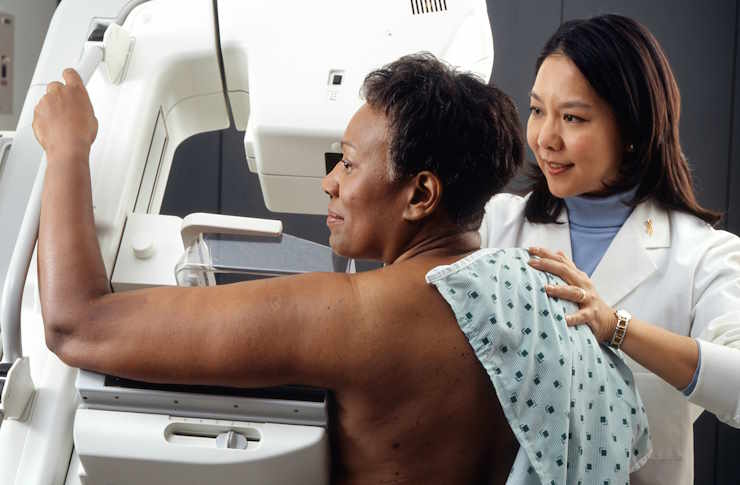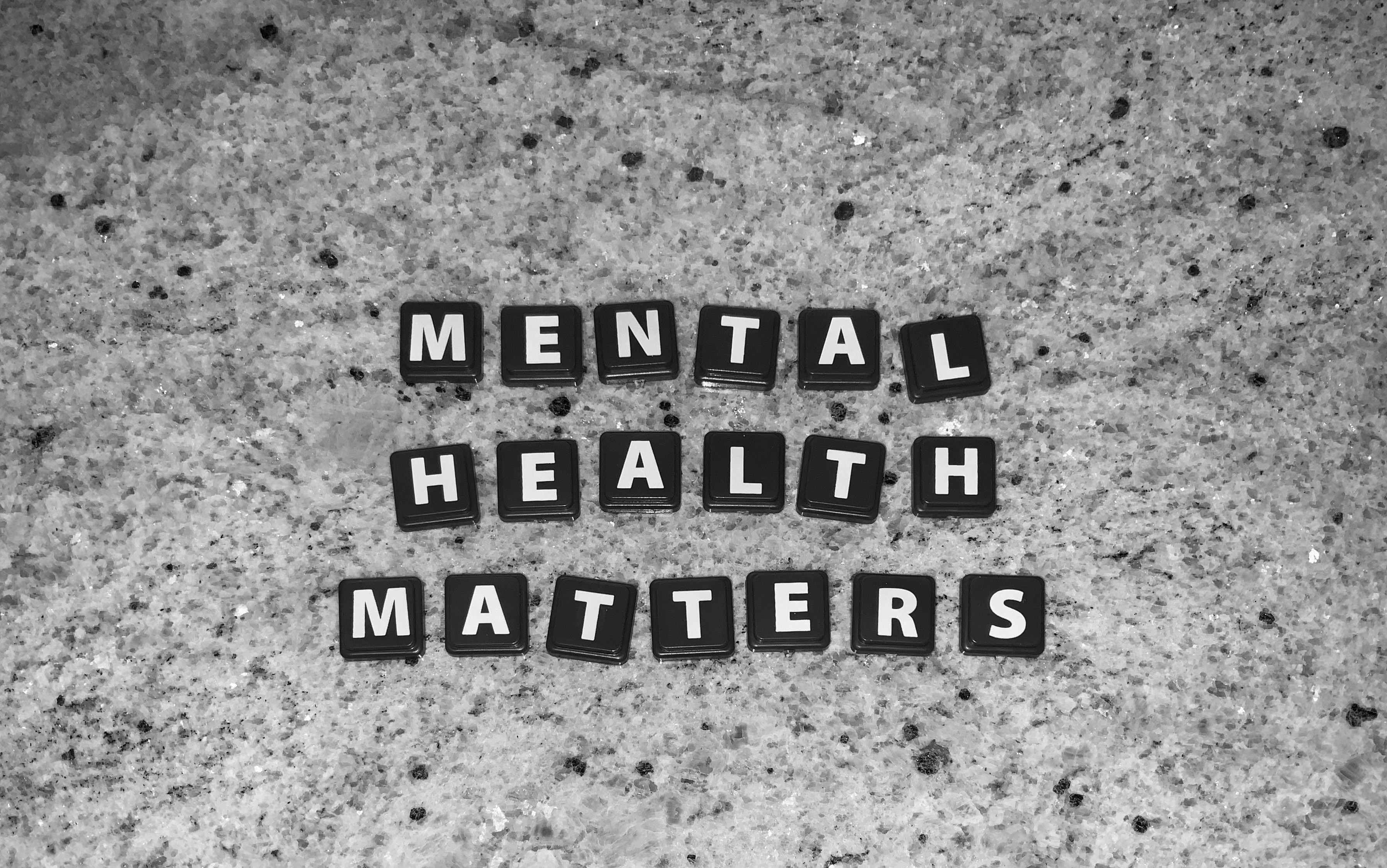Understanding Early Cancer Signs: A Guide to Detection and Prevention
Understanding signals from the body is a key part of proactive health management. While many changes are normal, some subtle signs can be worth discussing with a healthcare professional. This educational guide, developed with information from trusted sources like the American Cancer Society, explores potential early indicators and modern tests available for detection. The purpose of this information is to be empowering and educational, not to cause alarm.

Recognizing Early Cancer Signs in Daily Life
Early cancer detection often begins with awareness of subtle body changes. Persistent fatigue that doesn’t improve with rest might warrant attention, especially when accompanied by unexplained weight loss. Skin changes—including new moles, changes to existing moles, or sores that don’t heal—could signal skin cancer. Unusual bleeding or discharge from any body opening demands prompt medical evaluation. Persistent pain, especially when it doesn’t have an obvious cause, might indicate underlying issues requiring investigation. While these symptoms often have benign explanations, they shouldn’t be ignored, particularly when they persist or worsen over time.
Modern Cancer Detection Tests and Screening Options
Medical science has developed numerous screening methods to detect cancer before symptoms appear. Mammograms remain the gold standard for breast cancer screening, capable of finding tumors up to two years before they become palpable. Low-dose CT scans now help identify lung cancer in high-risk populations, while colonoscopies can both detect and remove precancerous polyps during the same procedure. Blood tests like PSA screening for prostate cancer and genetic testing for hereditary cancer risks provide additional layers of information. Newer technologies, including liquid biopsies that detect cancer DNA in blood and AI-assisted imaging analysis, are expanding detection possibilities. Healthcare providers typically recommend screening schedules based on individual risk factors, family history, and age.
Understanding Breast Cancer Clues and Risk Factors
Breast awareness forms a crucial component of early detection. Women should familiarize themselves with their normal breast appearance and texture, noting changes like lumps, thickening tissue, skin dimpling, nipple inversion, or unusual discharge. Not all lumps indicate cancer—most are benign—but professional evaluation remains essential. Risk factors include advancing age, family history (especially in first-degree relatives), genetic mutations like BRCA1 and BRCA2, personal history of breast conditions, early menstruation, late menopause, and hormone replacement therapy. Dense breast tissue, while normal, can make mammogram interpretation more challenging and may require additional screening methods. Regular clinical breast exams complement self-awareness and scheduled imaging.
The Role of Genetics in Cancer Risk Assessment
Genetic factors significantly influence cancer susceptibility. Approximately 5-10% of cancers have a hereditary component linked to specific gene mutations. Beyond the well-known BRCA mutations associated with breast and ovarian cancers, genetic testing can identify risks for colorectal, pancreatic, endometrial, and other cancers. Modern genetic counseling helps interpret complex results and guide personalized screening protocols. Importantly, genetic predisposition doesn’t guarantee cancer development—it indicates increased risk requiring vigilant monitoring. Environmental factors, lifestyle choices, and preventive interventions can significantly modify genetic risk. For those with family cancer histories, genetic counseling provides valuable information for making informed healthcare decisions.
Lifestyle Factors That Influence Cancer Prevention
Preventive strategies extend beyond medical screening. Tobacco avoidance represents the single most effective cancer prevention measure, as smoking links to numerous cancers beyond just lung disease. Maintaining healthy weight through balanced nutrition and regular physical activity reduces risk for several common cancers, including breast, colorectal, and endometrial varieties. Sun protection prevents skin cancer, while limiting alcohol consumption reduces risks for liver, esophageal, and breast cancers. Vaccination against HPV prevents cervical cancer and several other HPV-related cancers. Environmental awareness—minimizing exposure to carcinogens like asbestos, radon, and certain industrial chemicals—provides additional protection. These lifestyle modifications complement medical screening programs in comprehensive cancer prevention.
Modern Cancer Screening Options and Their Costs
Understanding the financial aspects of cancer screening helps with healthcare planning. Modern screening methods vary widely in accessibility and expense, often influenced by insurance coverage.
| Screening Test | Average Cost Without Insurance | Insurance Coverage | Recommended Frequency |
|---|---|---|---|
| Mammogram | $100-$250 | Usually covered | Annually after 40-50 (varies by guideline) |
| Colonoscopy | $1,500-$3,000 | Usually covered after 45-50 | Every 10 years |
| Low-dose CT scan | $250-$500 | Often covered for high-risk individuals | Annually for eligible high-risk patients |
| PSA blood test | $40-$80 | Variable coverage | Discuss with doctor |
| Genetic testing | $300-$5,000+ | Limited coverage | One-time, if indicated |
| Pap smear | $150-$250 | Usually covered | Every 3-5 years |
Prices, rates, or cost estimates mentioned in this article are based on the latest available information but may change over time. Independent research is advised before making financial decisions.
Navigating the Healthcare System for Effective Screening
Creating a proactive screening plan requires partnership with healthcare providers. Primary care physicians can coordinate appropriate testing based on individual risk profiles and family history. Many insurance plans cover preventive screenings without copayments or deductibles under the Affordable Care Act. Community health centers and nonprofit organizations often provide low-cost or free cancer screening programs for underinsured populations. Patient navigators—healthcare professionals who guide individuals through the screening process—can help overcome barriers to care access. Maintaining organized personal health records facilitates continuity of care and ensures appropriate follow-up for any concerning findings. Regular wellness visits provide opportunities to discuss changing risk factors and update screening recommendations accordingly.
While cancer detection technology continues advancing, personal awareness remains irreplaceable. Understanding your body’s signals, maintaining recommended screening schedules, and discussing concerns with healthcare providers create a strong foundation for early detection. Though cancer diagnoses understandably provoke anxiety, modern treatment approaches continue improving outcomes—especially when conditions are identified early. Knowledge empowers patients to participate actively in their healthcare decisions and potentially detect issues when intervention can be most effective.
This article is for informational purposes only and should not be considered medical advice. Please consult a qualified healthcare professional for personalized guidance and treatment.




